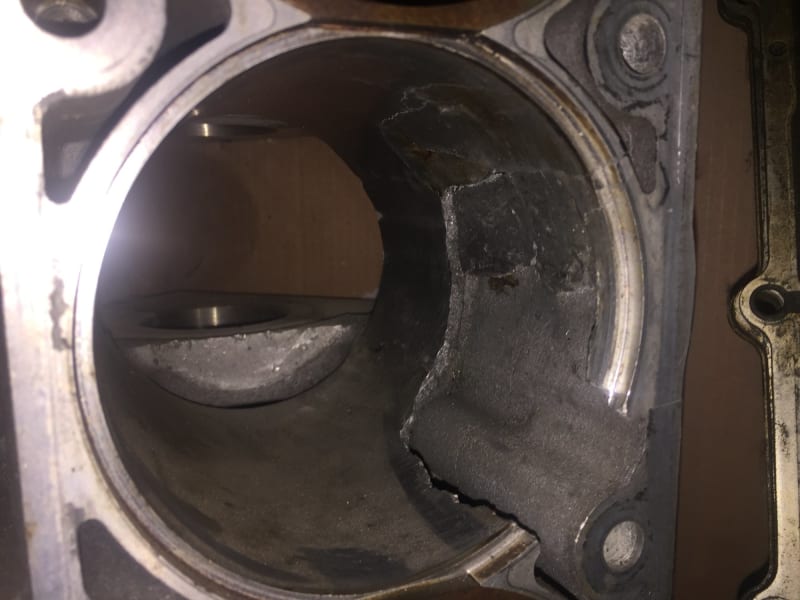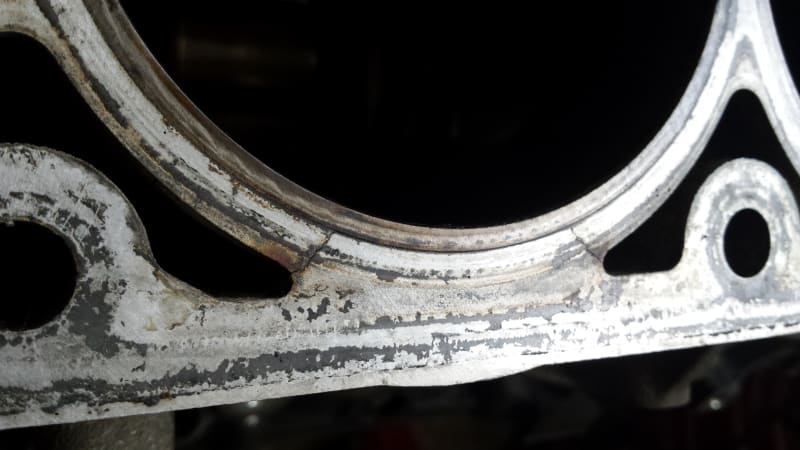I have been very interested in block fillers, specifically block fillers for aluminum engine blocks. Originally these were used in iron blocks, and were aggregates similar to precision grouts (Embecco 885 or Masterflow 885). More recently things like Loctite PC 9020 have been used with some success on open deck aluminum blocks. PC 9020 is quite similar to the liquid aluminum epoxy products (both by Henkel and ITW), which also have been used with success.
My current understanding is that these fillers, especially in the aluminum blocks, work as a vibration damper. The sleeves seem to crack between webbing, due to the much lower loss factor of the engine's cast aluminum (vs cast iron).
My question is, what are some other solutions to partially or completely fill the coolant jacket with, that will have a high loss factor? I have been toying with trying a silicone rubber sealant, but my concern is that it won't have the adhesion necessary to properly function as a sleeve damper. It would be incredibly economical, would side step concerns about temperature, coolant exposure, and un-intended bore distortion. But, because it doesn't have the thermal expansion of the epoxies, nor the adhesive strength, would it actually work as intended?
Seeking perspectives, thoughts, comments, criticisms.
My current understanding is that these fillers, especially in the aluminum blocks, work as a vibration damper. The sleeves seem to crack between webbing, due to the much lower loss factor of the engine's cast aluminum (vs cast iron).
My question is, what are some other solutions to partially or completely fill the coolant jacket with, that will have a high loss factor? I have been toying with trying a silicone rubber sealant, but my concern is that it won't have the adhesion necessary to properly function as a sleeve damper. It would be incredibly economical, would side step concerns about temperature, coolant exposure, and un-intended bore distortion. But, because it doesn't have the thermal expansion of the epoxies, nor the adhesive strength, would it actually work as intended?
Seeking perspectives, thoughts, comments, criticisms.


